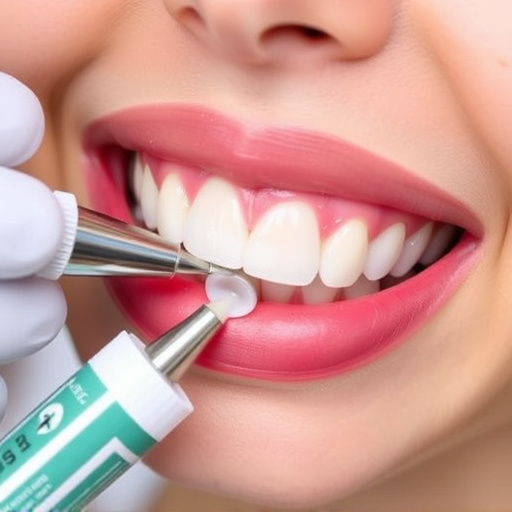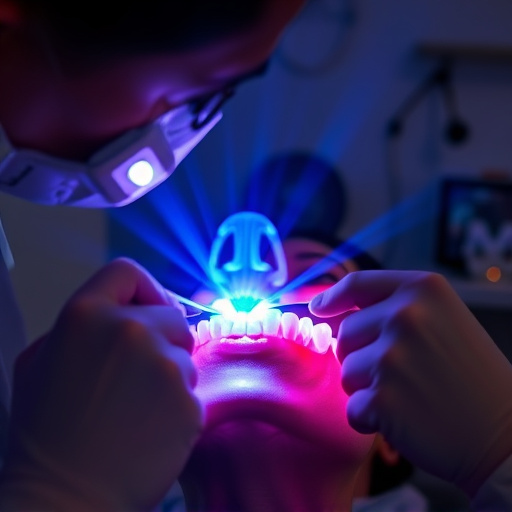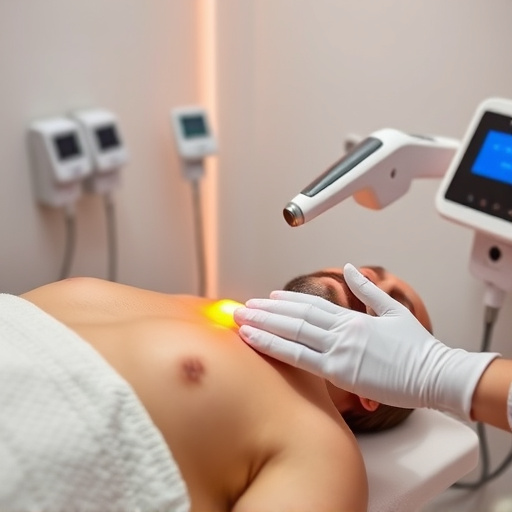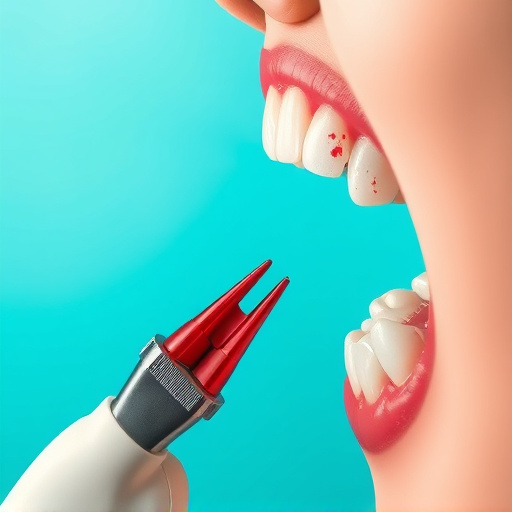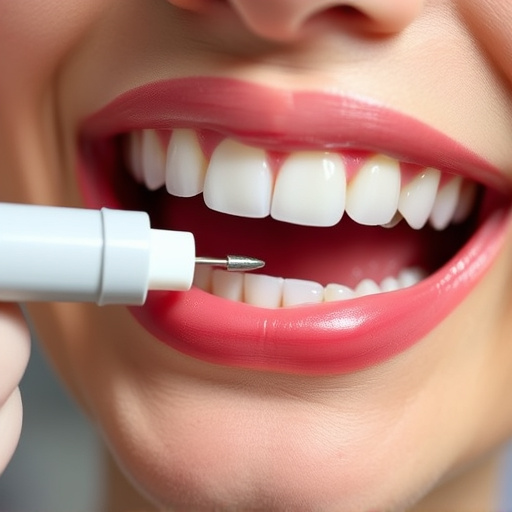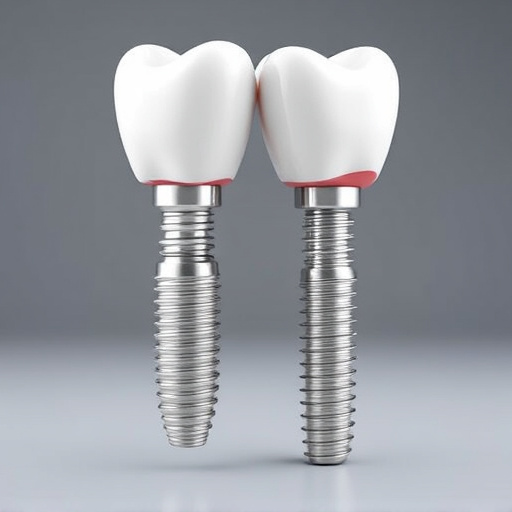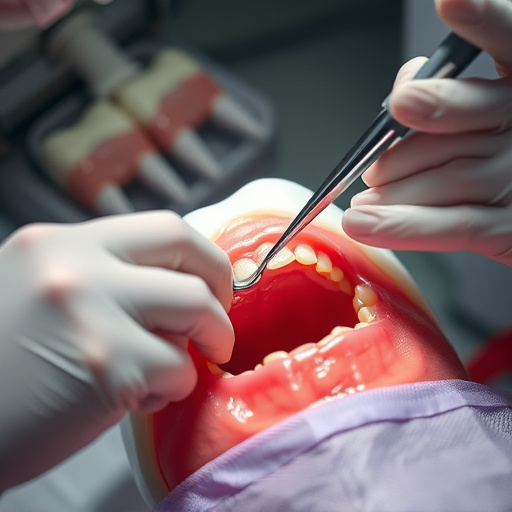Root canal treatment, recommended by family dentistry pros, saves damaged or infected teeth. It removes pulp and nerve, stops pain and infection, fills canal to prevent future decay, maintains smile aesthetics, and avoids costly tooth replacements. Post-treatment care involves managing pain with over-the-counter meds, compresses, and following dentist instructions for clear aligners or cosmetic fillings to restore function, strength, and normal oral activities.
Say goodbye to nagging toothaches with our guide to swift and effective root canal treatment. This essential procedure not only stops pain but also saves your natural tooth, preventing the need for implants or bridges. Understanding the root canal process, recognizing the benefits of prompt therapy, and managing post-procedure discomfort are key steps towards a comfortable, pain-free smile.
- Understanding Root Canal Treatment Process
- Benefits of Prompt Root Canal Therapy
- Effective Pain Management After Procedure
Understanding Root Canal Treatment Process

Root canal treatment is a procedure aimed at saving a damaged or infected tooth. It involves removing the pulp and nerve inside the tooth, which is the source of pain and infection. The canal is then cleaned, shaped, and filled with a special material to prevent further decay. This process not only stops toothache but also helps maintain the natural structure of your smile.
Undergoing root canal treatment is often recommended by family dentistry professionals after examining a patient through routine oral exams. It’s considered a form of restorative dentistry that can extend the life of a problem tooth, saving you from costly replacements later on. The procedure is designed to be fast and efficient, providing quick relief from toothache pain while ensuring long-term dental health.
Benefits of Prompt Root Canal Therapy

Prompt root canal therapy offers a swift solution to toothache relief, which is beneficial for several reasons. Firstly, it effectively eliminates the source of pain by removing infected or damaged pulp tissue from within the tooth. This not only stops acute pain but also prevents further damage and potential loss of the affected tooth.
Additionally, receiving timely root canal treatment can preserve the natural structure of your smile. Unlike extraction, which may lead to nearby teeth shifting, this procedure maintains the integrity of your dental arch. Moreover, it paves the way for a faster recovery, allowing you to resume normal oral hygiene routines and enjoy comprehensive dental care without significant disruption.
Effective Pain Management After Procedure

After a root canal treatment, it’s crucial to manage pain effectively for a swift recovery. Many patients worry about post-procedure discomfort, but with proper care, the process can be made more comfortable. Over-the-counter pain relievers like ibuprofen or acetaminophen are often recommended by dentists to handle any lingering sensitivity or mild pain. Applying cold or hot compresses on the affected area can also provide relief and reduce swelling. It’s important to follow your dentist’s aftercare instructions, which may include avoiding certain foods and maintaining good oral hygiene.
In addition to these measures, some patients, especially those who visit children’s dentistry practices, might consider clear aligners or cosmetic fillings as part of their post-root canal routine. These treatments not only enhance aesthetics but also contribute to overall oral health by restoring the tooth’s function and strength, ensuring a quicker return to normal chewing and speaking activities.
Root canal treatment is a highly effective solution for severe toothaches, offering both pain relief and long-term dental health benefits. By promptly addressing infected or inflamed pulp through this procedure, patients can experience swift comfort and prevent further complications. With proper aftercare, including effective pain management techniques discussed in this article, individuals can quickly return to their normal activities, enjoying a restored smile without the constant discomfort of toothache pain.



